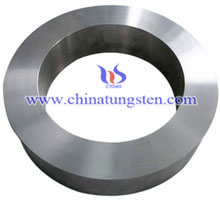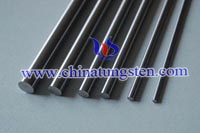Domestic market: second half of 2015, China's domestic economic growth is expected to rebound. In the demand side, "one belt and one road" development strategy, nation nuclear power re-construction and other development strategy will stimulate demand for the steel industry, thus further stimulating demand for molybdenum. But due to construction project involves a longer period, the second half of this year is expected to stimulate demand is limited. In the supply side, as the price fell to the majority of mine cost line, the second half of the domestic molybdenum concentrate, molybdenum oxide supply will be eased and the International associated molybdenum mine capacity will not be fully released. Taking all these various factors, the second half of 2015 domestic molybdenum prices is expected to bottom shock or slightly better than the first half.
International market: the second half of 2015, the global economy still uncertain, the downstream steel industry will slightly changed to good side. In the supply side, North America monomer molybdenum and South America associated molybdenum production will not release too much, so market supply will not be greatly affected. Since the third quarter is the traditional summer break, expect the market will remain weak, after the summer break, with the end of the industry off-season, is expected to international molybdenum prices will remain stable or rise slightly possible.























